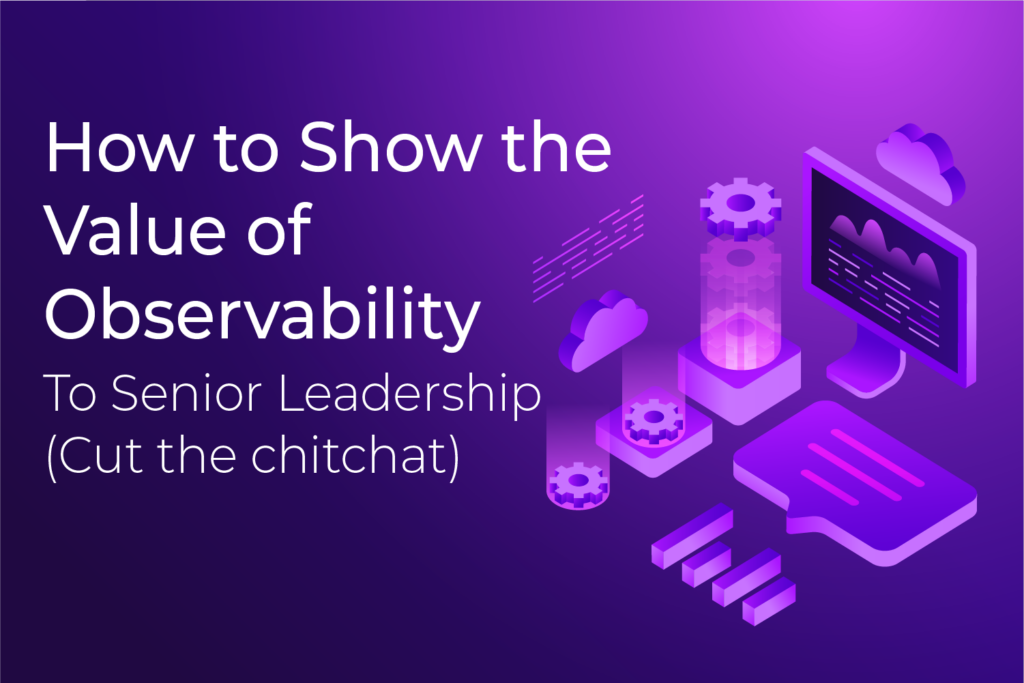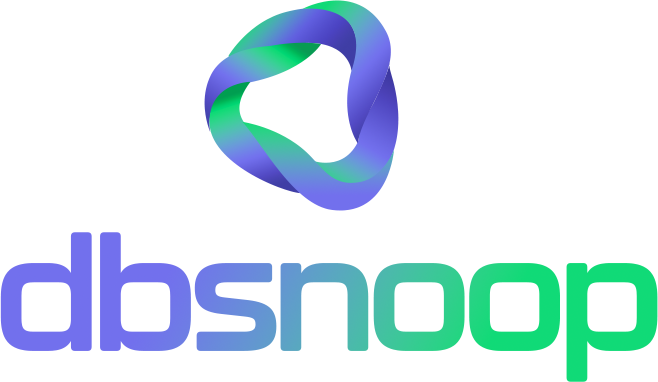

Your engineering team knows that observability is vital. It helps you find slow queries, predict problems, and ensure the application is running smoothly. But when it’s time to justify investing in new tools for senior leadership, the conversation often stalls. Presenting charts of CPU and disk I/O doesn’t work. To a CEO or a CFO, this data is just noise. They want to know what truly matters: revenue, cost, risk, and growth.
The key to gaining leadership support is to translate observability from a technical topic into a business one. You need to connect the dots between a resource-heavy query and its impact on the company’s bottom line.
This article will show you how to bridge that gap and justify the investment in observability using a language that senior leadership understands.
1. Translate Technical Metrics into Cost
The cloud has changed how costs are calculated. Every inefficient query, every bug that causes a retry, and every oversized container translates into money. Use observability to quantify this impact.
Instead of saying: “The search query is timing out after 500ms.” Say: “The timeout on the search query is causing a retry on 10% of requests, which generates an unnecessary cloud CPU cost of $1,000 per month.”
A good observability platform should give you this information clearly. dbsnOOp, for example, quantifies the financial impact of each problem, allowing you to justify investments in optimizations that generate direct savings for the business.

2. Connect Performance to Revenue and Growth
The speed of your application is a direct factor in conversion and retention. Database performance issues could be the reason why customers are abandoning their shopping carts or giving up on a service.
Instead of saying: “Database latency has increased by 30% in the last 24 hours.” Say: “Database slowness is causing a 5% increase in our shopping cart abandonment rate, which represents a projected loss of $100,000 in revenue for this quarter.”
By linking a performance metric to a business metric, you show that observability isn’t just about technology, but about the company’s financial health and growth.
3. Talk About Risk Reduction
For leadership, risk is everything. Whether it’s the risk of a data breach, a complete system failure, or a poor user experience that tarnishes the brand’s reputation. Observability is your main tool for risk mitigation.
Instead of saying: “Our observability detected an unusual spike in network traffic.” Say: “Our observability platform detected an unusual access pattern to our database, which allowed us to block a malicious access attempt before it became a security breach. This prevented a potential loss of millions of dollars and maintained our customers’ trust.”
Downtime is a measurable risk. Use observability to show how much a performance problem can cost in terms of availability and, more importantly, to demonstrate how it helps you prevent these problems.
dbsnOOp Observability as a Business Tool
dbsnOOp was built with this strategic vision in mind. Our platform goes beyond technical telemetry. Our AI translates complex database data into the information leadership needs to make decisions.
Financial Impact: dbsnOOp quantifies the cost of each inefficient query, allowing you to prioritize optimizations that generate an immediate ROI. End-to-End Connection: We connect database performance to the rest of your stack, providing you with the context to show how technical performance affects user experience and, consequently, product growth. Risk Mitigation: With predictive observability, you can show leadership that your team is one step ahead of problems, identifying and fixing vulnerabilities before they become crises.
By presenting observability through these three lenses (cost, revenue, and risk), you stop being a technician talking about technology and become a business partner, ensuring that the investment in your area is seen as a strategic priority.
Want to transform the conversation about observability in your company? Schedule a meeting with our specialist or watch a live demonstration!
Schedule a demo here.
Learn more about dbsnOOp!
Learn about database monitoring with advanced tools here.
Visit our YouTube channel to learn about the platform and watch tutorials.


